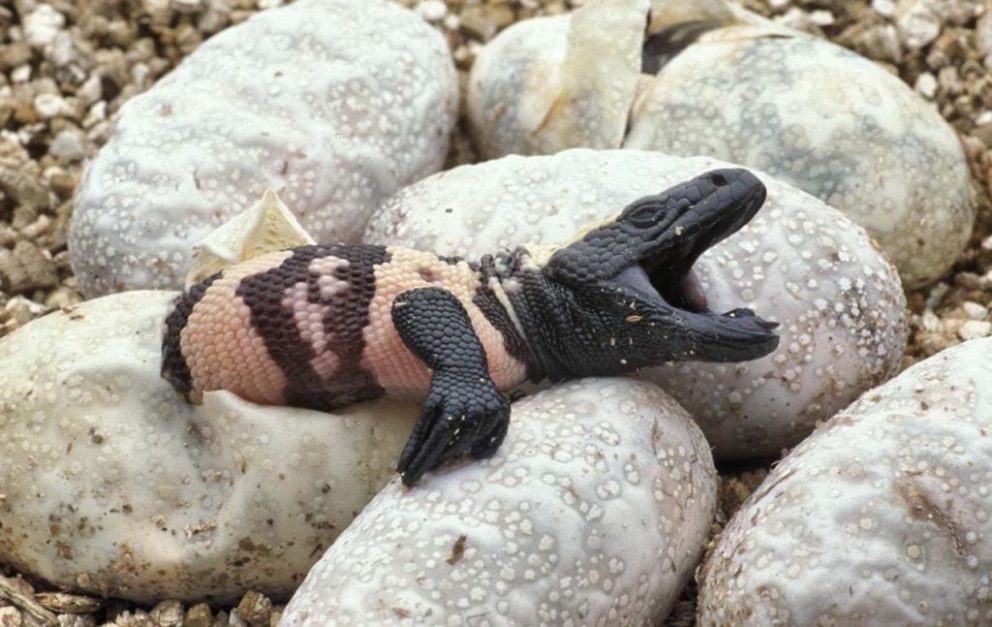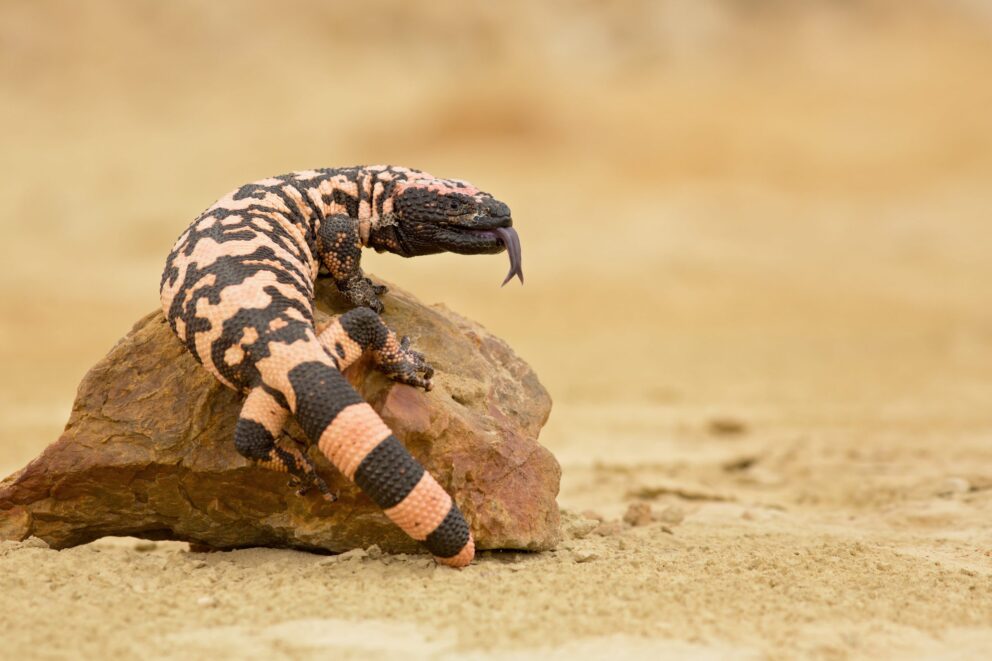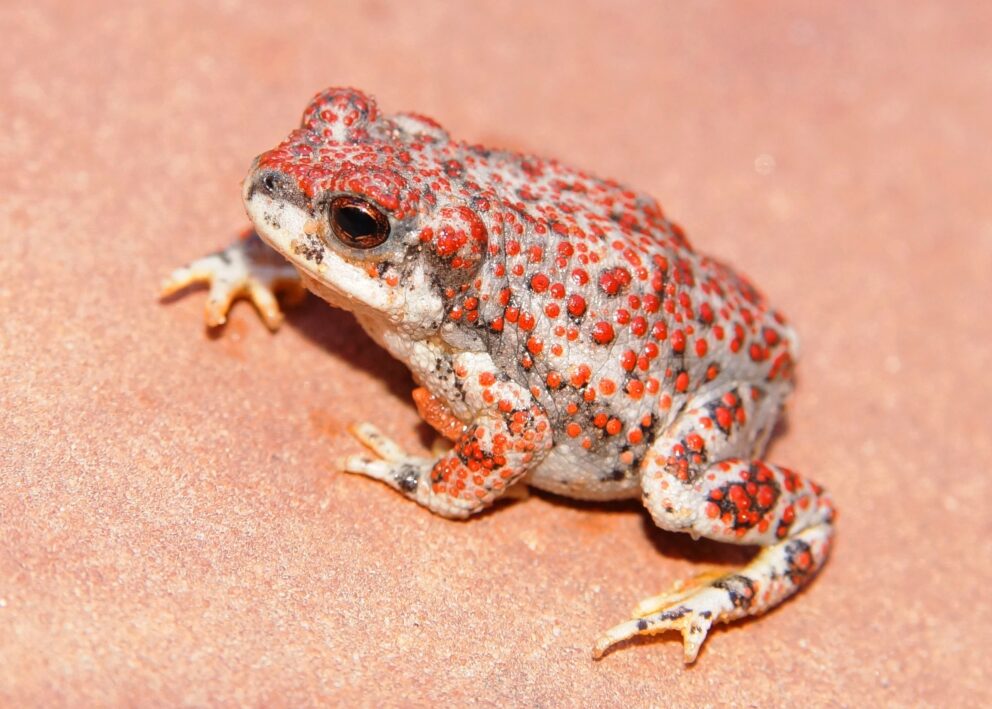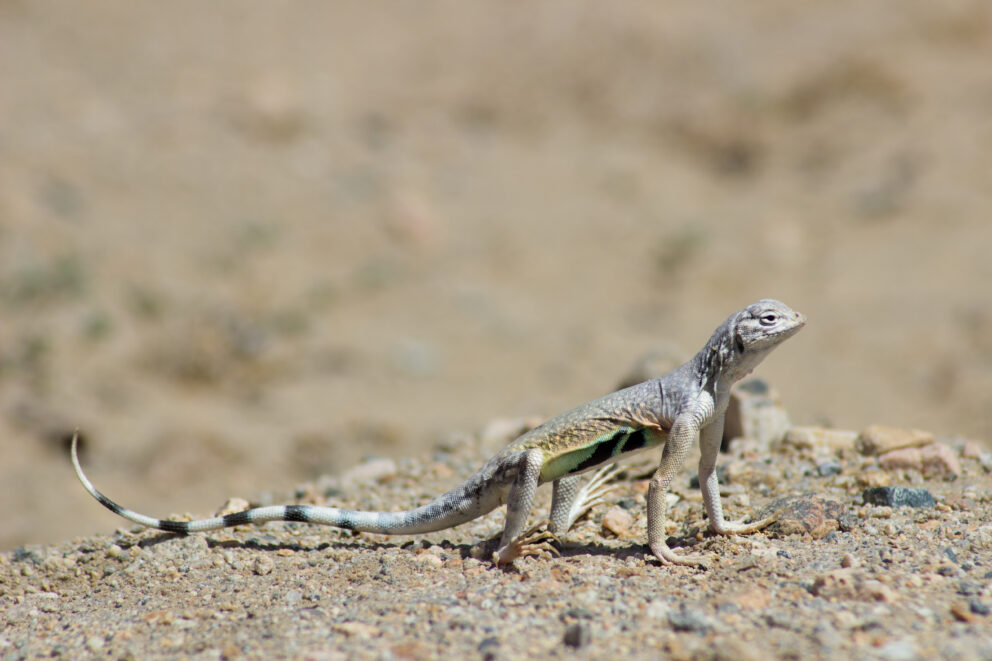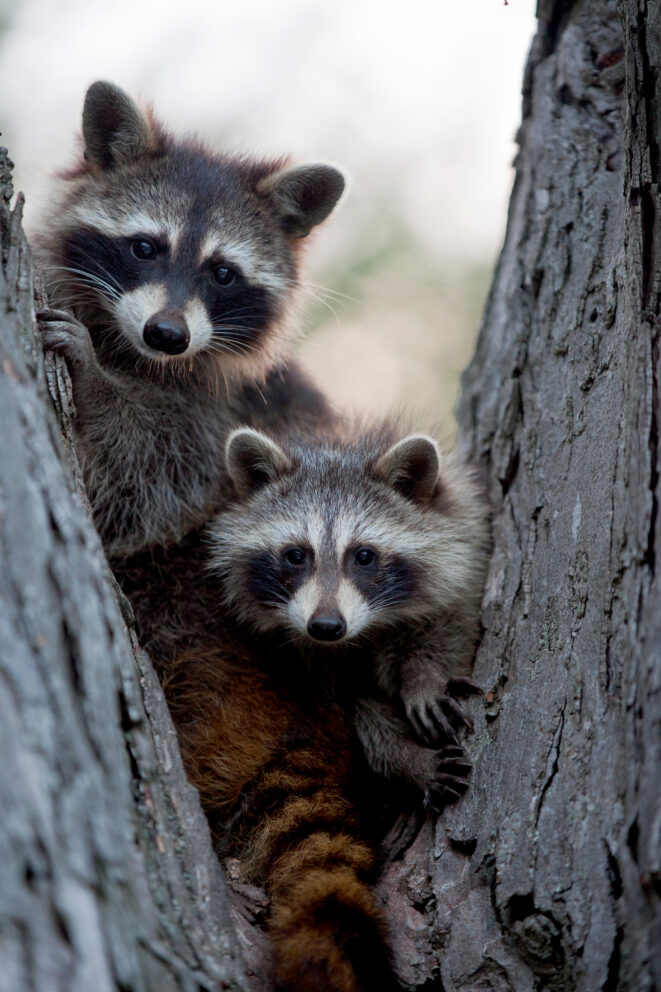- SCIENTIFIC NAME
- Heloderma suspectum
- CLASSIFICATION
- Reptile
- LIFE SPAN
- 10-20 Years
- SIZE
- 18-24” | 2-4lbs
- STATE CONSERVATION STATUS
-
- Priority Species
- State Protected
- FEDERAL CONSERVATION STATUS
- Near Threatened
- GAME STATUS
- Non-Game
- Washoe
- Humboldt
- Pershing
- Churchill
- Mineral
- Lyon
- Douglas
- Carson City
- Storey
- Elko
- Lander
- Eureka
- White Pine
- Esmeralda
- Nye
- Lincoln
- Clark
Habitat & Range
The Gila Monster is usually found in rocky desert scrub habitats and semi-desert grassland. They use features such as rock crevices, boulders, burrows, and packrat middens.
- Desert Washes
- Mojave desert
- Warm desert riparian
Threats
- Habitat Degradation
- Habitat Fragmentation
- Habitat Loss
Natural History
Gila Monsters are not an easy animal to find as they spend most of their time underground in burrows. They dig their own burrows with their long, sharp claws, but will also occupy burrows dug by other desert dwellers.
Although they are called monsters, their diet consists mostly of eggs from other lizards and birds, and young rodents. They are slow-moving predators, so their prey needs to be slow as well. Gila Monsters are one of just a few venomous lizards in the world, however their powerful jaw strength, not venom, is used to kill their prey.
Water availability is critical in the desert and Gila Monsters are often found outside of their burrows during a spring or summer rainstorm. They can survive long periods without food by storing extra fat in their tails. They are long-lived reptiles that lay clutches of about 12 leathery shelled eggs. These eggs are incubated underground, and when they hatch they look just like a miniature version of an adult Gila Monster.
Fun Facts
